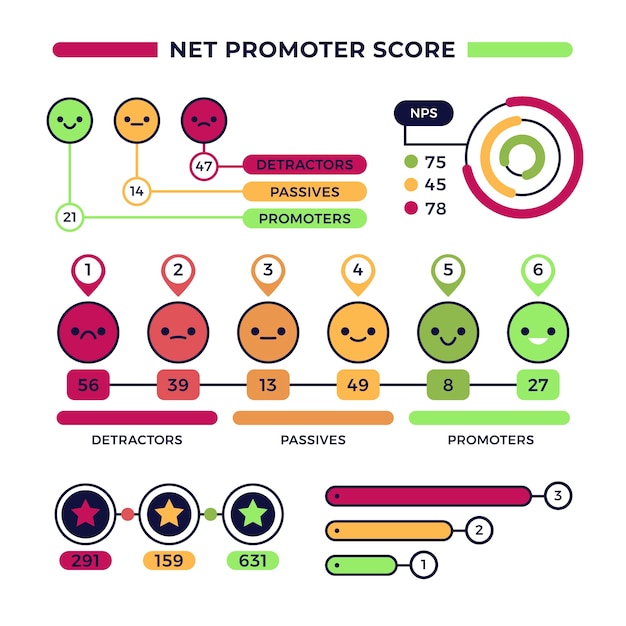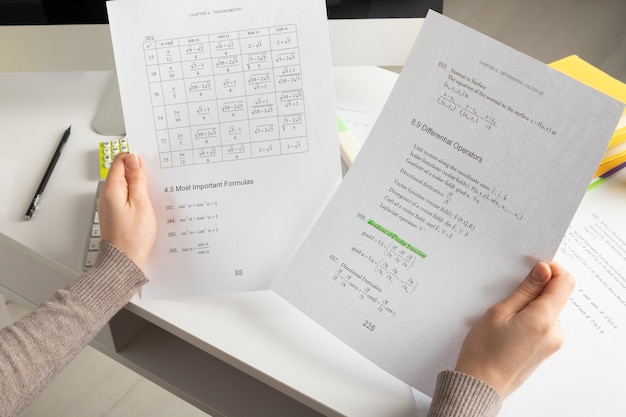
Relative Clauses: Exploring relative pronouns and clauses to provide additional information about a noun
In the English language, relative clauses play a crucial role in providing additional information about a noun. They are used to give more details or describe a noun in a sentence. Relative clauses are introduced by relative pronouns, which connect the clause to the noun it modifies.
In this article, we will explore the concept of relative clauses, the different relative pronouns used, and provide examples to help you understand their usage.
Relative Pronouns
Relative pronouns are words that introduce relative clauses. They act as a link between the main clause and the clause that provides additional information about the noun. The most common relative pronouns are:
1. Who: Used to refer to people. Example: The woman who won the competition is my friend.
2. Whom: Also used to refer to people, but as an object. Example: The girl whom I met yesterday is a talented musician.
3. Which: Used to refer to animals or things. Example: The book which I borrowed from the library is fascinating.
4. That: Used to refer to people, animals, or things. Example: The car that I bought last week is brand new.
5. Whose: Indicates possession and is used to refer to people, animals, or things. Example: The boy whose father is a doctor is very intelligent.
6. Where: Refers to a place or location. Example: The restaurant where we had dinner last night was excellent.
Usage of Relative Clauses
Relative clauses are used to provide additional information about a noun in a sentence. They can be restrictive or non-restrictive.
1. Restrictive Relative Clauses: These clauses provide essential information about the noun. They are not separated by commas and cannot be removed from the sentence without changing the meaning. Example: The house that Jack built is now a museum.
2. Non-Restrictive Relative Clauses: These clauses provide additional, non-essential information about the noun. They are separated by commas and can be removed from the sentence without altering its meaning. Example: Mary, who works in the same office as me, is going on vacation.
Relative Clauses Examples
To further understand the usage of relative clauses, let’s take a look at some examples:
1. I have a friend who is a doctor. (Restrictive Relative Clause)
– The relative pronoun “who” refers to a person and provides essential information about the friend who is a doctor. The clause cannot be removed without changing the meaning of the sentence.
2. The dog, which is black and white, is very friendly. (Non-Restrictive Relative Clause)
– The relative pronoun “which” refers to an animal and provides non-essential information about the dog. The clause can be removed without altering the meaning of the sentence.
Practice Exercises:
1. He is the man _______ saved my life. (who / whom / which / that)
2. The book, _______ cover is torn, belongs to me. (whose / who / that / where)
3. The girl _______ you met at the party is my sister. (which / who / whom / where)
Answers:
1. who
2. whose
3. whom
Relative clauses and their respective pronouns are essential in adding depth and detail to our sentences. By mastering their usage, you can enhance your writing and communication skills. So, keep practicing and incorporating relative clauses into your sentences to make them more informative and engaging.






